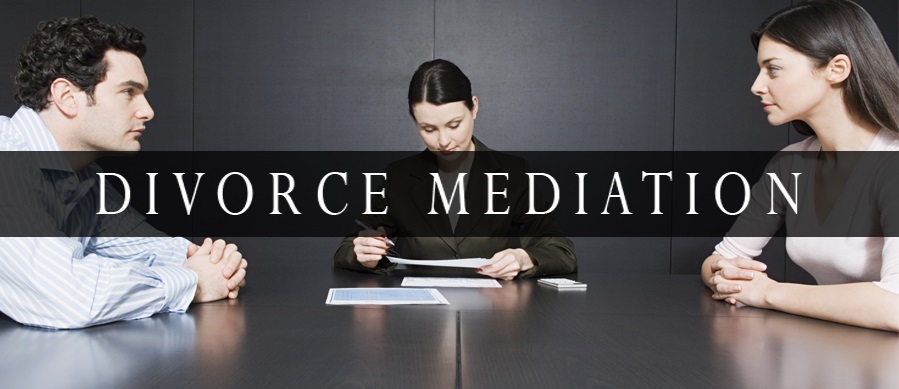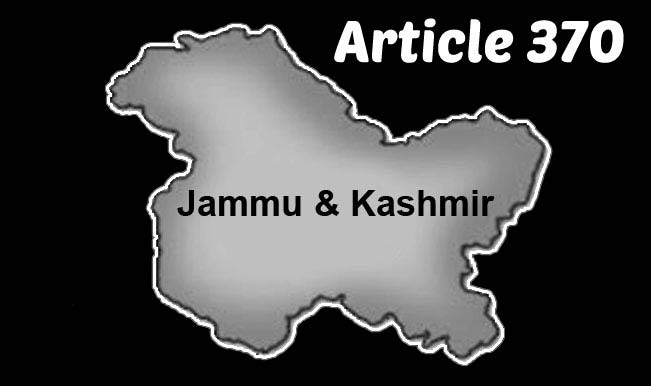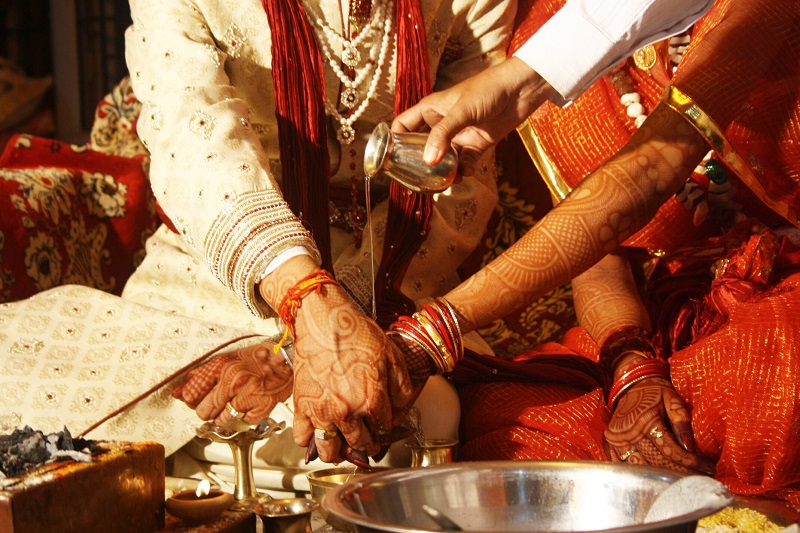Gone are the days when satellite TV’s were ruling the Indian TV industry. Now, are the times of internet based channels like Netflix, Hotstar, Amazon Prime video and more, known as the Over-the-top (OTT) services. Being an internet based service they can be accessed anywhere and anytime on devices like smartphones and tablets too other than smart TVS, desktops and laptops. These services are known as over the top because the service does not need you to subscribe to a traditional cable channel besides providing the liberty to choose whatever they want to watch as per their choice and time. A hardware device, an internet connection, download the app, get the subscription plan and you are on.
Over the top Service (OTT) types
Well, on one side it’s getting convenient for viewers to watch anything they want anytime, there’s a flipside to it too. The content could be unsuitable for viewers of a certain age group particularly under age audience. So, the topic to regulate the content is of vital importance and needs to be looked at, with keen interest, more so. The types of over the top services include –
-
Ad supported video on demand (AVOD) – A free service it gets its revenue from the ads it broadcasts along with video content.
-
Subscription based video on demand (SVOD) – This is a paid service where you can access a whole library of video by paying a fixed amount on a daily, weekly or monthly basis.
-
Transactional video on demand (TVOD) – This is a pay per view service and needs no subscription.
With the advent of these services, it won’t be a surprise if you find people hooked to their smart phones or tablets while having lunch break or commuting on a bus or a metro. Another vital aspect of it is that the content that is broadcasted is not scrutinized and is uncertified, vulgar, pornographic, legally restricted and at times sexually explicit as well. There have been PILs / petitions against shows like Game or Thrones and Sacred Games about objectifying women as well and requesting to frame guidelines for the same. One such petition was dismissed by the Delhi high-court stating that it could not frame any guidelines because there were stringent provisions vide the information technology act, 2000 already in place. When the petition was taken to the Supreme court, it has issued notice to the center in order to regulate the content on OTT platforms dated May 5, 2019. Well, this means that it will take some time for the OTT content to get regulated.
*Sourced from the Internet
Just know about Law College admissions in bangalore











